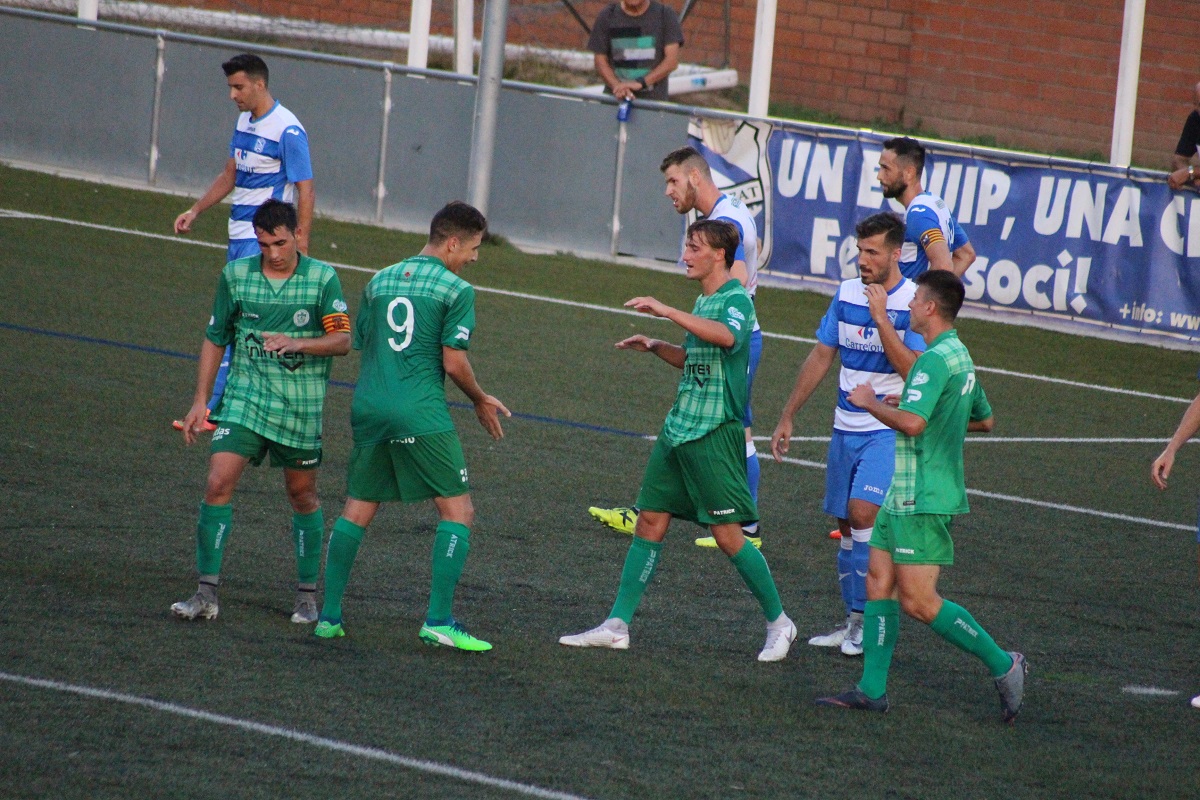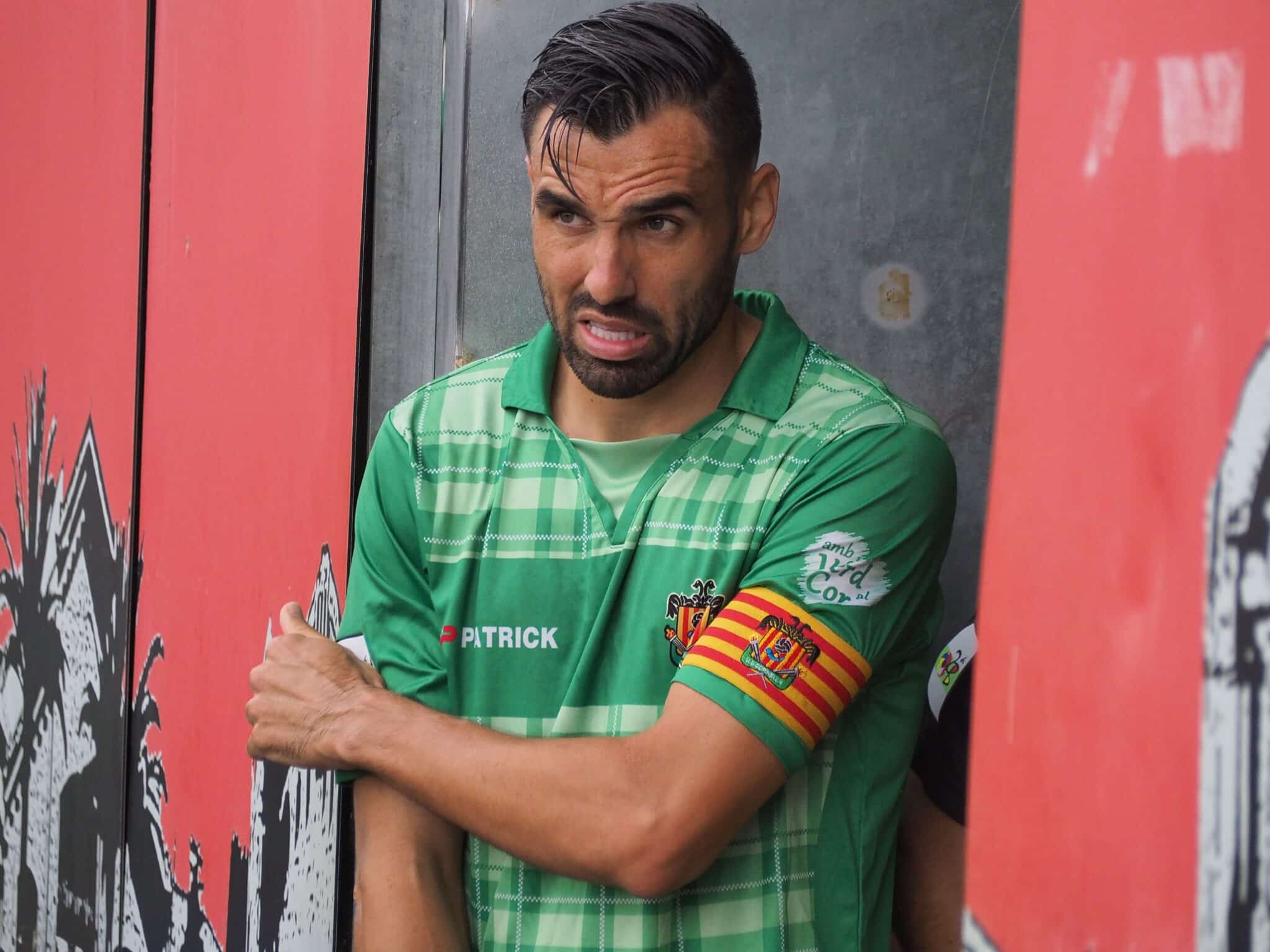A green club with one of the best Catalan youth academies

Traditionally, Cornellà is an amateur team that used to participate in the fifth or sixth tier of Catalan football. However, in the 2010s, this club burst onto the Catalan footballing scene and almost reached professional football. As a matter of fact, this green club has always focused on its youth academy, something they are now famous for throughout Spain. Welcome to…Cornellà.

Cornellà de Llobregat
Cornellà de Llobregat is a typical Barcelonese suburb, similar to L’Hospitalet de Llobregat, El Prat de Llobregat, Badalona, and Sant Joan de Despí. As can be deducted from its name, the city lies along the Llobregat River, and it has an ever-growing population of around 90,000 in 2023.

Cornellà’s footballing scene is rather rare. The biggest football club based in Cornellà de Llobregat is Espanyol. Espanyol is a club from Barcelona but has its stadium in this suburb. In short, Espanyol is located in Cornellà but does represent the city in any way. The team that does represent Cornellà de Llobregat is a club that carries its name.

The First years
Unió Esportiva Cornellà was founded in 1951 after the merger of Academia Junyent, CA Padró, and CF Cornellà. This meant that Cornellà was the town’s new representative club, which did not translate into good results. From the 1950s to the 1990s, the cornellanencs were participating in amateur competitions.

COnsolidation in the Tercera
The first breakthrough in the sportive history of Cornellà was its debut in the Tercera División, occurring in 1999. The verds had finally been able to escape the Regional Preferente and would not return often. In the 15 years that followed, Cornellà played 12 seasons in the Tercera.

The glory years
In 2014, Cornellà’s second breakthrough happened: promotion to the Segunda División B. After some seasons in which the Catalans were close to promotion, a home victory of Izarra secured the jump to the third tier. And even better, Cornellà managed to stay up.

This gave the club space to develop, which it did. 2014-15 would be the only season in which Cornellà finished in the bottom half. In 2018, 2019, and 2020, the verds qualified for the play-offs for promotion to the Segunda División and were very close on the third try, losing in the final to Castellón.

In 2021, Cornellà achieved promotion to the Primera Federación, an even more prestigious league than the Segunda División B. Moreover, the cornellanencs knocked Atlético Madrid out of the Copa del Rey in the same year, which gave them international fame. In the next round, Cornellà lost against Barcelona, which was still a great experience.
/origin-imgresizer.eurosport.com/2021/01/06/2966443-60884788-2560-1440.jpg)
The Baix llobregat derby
Even though Cornellà is a club without a long or successful history, it has one principal rival: Prat. Cornellà and El Prat are two neighboring cities divided by the Llobregat, and their football teams meet in the derbi del Baix Llobregat, after the area in which both cities lie. It’s not a historic, intense, or hot derby, but it remains a special fixture for the supporters.

The youth academy
Cornellà is best known for its youth academy, simply one of the most successful ones in Spain among the semi-professional or amateur clubs. The club has trained players like Jordi Alba, Keita Baldé, Víctor Ruiz, Ignasi Miquel, and David Raya, players who made it to professional football.

The future
One of the most important bases of a football club is its youth academy, so that’s looking good for Cornellà. Moreover, the club has adapted to the dynamics of professional football, implementing a new crest, playing in the RCDE Stadium, and professionalizing different departments of the club, showing that it’s ready to join the Segunda. This was…Cornellà.

Sources
- Borchers, L. (2021). GOLAZO. Self-published.
- Borchers, L. (2022). CARA O CRUZ. Self-published.
- https://www.uecornella.cat/club/
- http://lafutbolteca.com/unio-esportiva-cornella-s-a-d/
Leave a comment